-
 bitcoin
bitcoin $99177.955738 USD
-7.32% -
 ethereum
ethereum $3187.183061 USD
-12.38% -
 tether
tether $0.999809 USD
0.00% -
 xrp
xrp $2.117933 USD
-9.42% -
 bnb
bnb $906.710033 USD
-9.17% -
 solana
solana $149.367737 USD
-10.74% -
 usd-coin
usd-coin $0.999816 USD
0.01% -
 tron
tron $0.281498 USD
-0.38% -
 dogecoin
dogecoin $0.156292 USD
-8.00% -
 cardano
cardano $0.500744 USD
-10.19% -
 hyperliquid
hyperliquid $38.087358 USD
-4.58% -
 chainlink
chainlink $14.097831 USD
-8.54% -
 bitcoin-cash
bitcoin-cash $463.329916 USD
-9.22% -
 ethena-usde
ethena-usde $0.999078 USD
-0.01% -
 unus-sed-leo
unus-sed-leo $9.475862 USD
-0.79%
What is the time lock of blockchain? What role does it play in the contract?
Blockchain time locks delay transaction execution until a set time or block height, enhancing security and enabling complex smart contract functionalities.
Apr 28, 2025 at 03:21 am
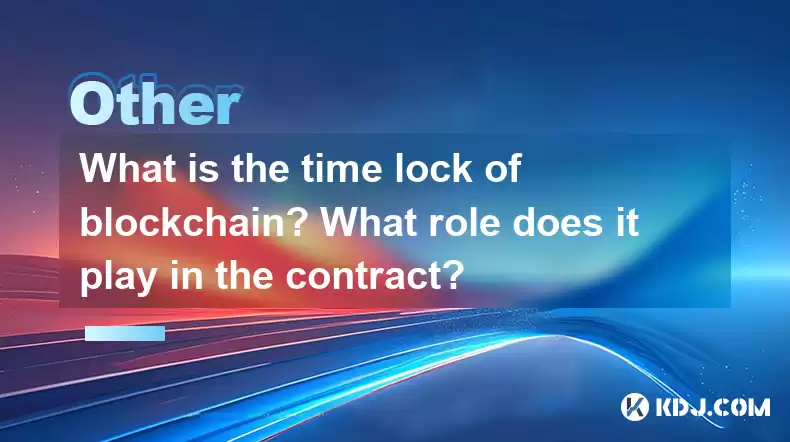
Introduction to Blockchain Time Lock
Blockchain time lock refers to a mechanism within blockchain technology that delays the execution or release of transactions or smart contracts until a specific time or block height is reached. This feature is integral to many decentralized applications and financial instruments built on blockchain platforms. Time locks play a crucial role in ensuring that transactions are executed according to predetermined schedules, enhancing security, and enabling more complex contractual arrangements.
How Time Locks Work in Blockchain
In blockchain, time locks are implemented through specific protocols that can be set within smart contracts or transactions. When a time lock is applied, the transaction or contract is programmed to remain inactive until the specified time or block height is achieved. This can be done in several ways:
- Absolute Time Lock: This type of time lock specifies an exact date and time or block height at which the transaction can be executed. For instance, a smart contract might be set to release funds to a recipient only after January 1, 2024.
- Relative Time Lock: This type of time lock is based on the time elapsed since a certain event, such as the confirmation of a previous transaction. For example, a transaction might be locked for 24 hours after the initial transaction is confirmed.
Role of Time Locks in Smart Contracts
Time locks are particularly important in smart contracts, where they serve several key functions:
- Escrow Services: Time locks can be used to hold funds in escrow until a specified time or condition is met. This ensures that both parties in a transaction have time to verify the goods or services before the funds are released.
- Payment Channels: In payment channels, time locks ensure that funds can be safely locked until a final settlement is agreed upon, allowing for multiple microtransactions to be processed off-chain.
- Dispute Resolution: Time locks can provide a cooling-off period during which disputes can be resolved before funds are moved. This is crucial in decentralized finance (DeFi) applications where automated arbitration might be required.
Practical Applications of Time Locks
Time locks have a wide range of applications within the blockchain ecosystem:
- Vesting Schedules: Many cryptocurrency projects use time locks to implement vesting schedules for their tokens. This ensures that team members or investors cannot sell their tokens immediately, which helps stabilize the token's price.
- Atomic Swaps: In cross-chain atomic swaps, time locks are used to ensure that both parties in the swap have the opportunity to complete their part of the transaction. If one party fails to act within the time lock period, the transaction can be reversed.
- Governance: In decentralized autonomous organizations (DAOs), time locks can be used to delay the execution of governance proposals, giving members time to review and vote on the proposals before they are implemented.
Implementing Time Locks in Smart Contracts
To implement a time lock in a smart contract, developers typically use specific programming languages such as Solidity for Ethereum. Here is a basic example of how to set up a time lock in Solidity:
Define the Time Lock: First, the contract needs to define the time lock period. This can be done using the
block.timestamporblock.numbervariables in Solidity.uint256 public unlockTime;constructor(uint256 _unlockTime) {
unlockTime = _unlockTime;}
Check the Time Lock: Before executing any function that should be time-locked, the contract must check if the current time or block height has surpassed the unlock time.
function withdraw() public {require(block.timestamp >= unlockTime, 'Unlock time not reached'); // Execute the withdrawal logic here}
Deploy and Interact: Once the contract is written, it needs to be deployed on the blockchain. Users can then interact with the contract, and the time lock will ensure that the
withdrawfunction can only be called after the specified time.
Security Considerations for Time Locks
While time locks are a powerful tool, they also introduce potential security risks that must be carefully managed:
- Front-Running Attacks: In some cases, malicious actors might attempt to manipulate the time lock by front-running transactions, especially in networks with low block times. Developers need to implement measures to prevent such attacks.
- Time Manipulation: On some blockchains, miners might have the ability to manipulate block timestamps, which could affect time locks. It's crucial to use robust consensus mechanisms to mitigate this risk.
- Smart Contract Vulnerabilities: Any bugs or vulnerabilities in the smart contract code could be exploited to bypass time locks. Thorough auditing and testing are essential to ensure the integrity of the time lock mechanism.
Frequently Asked Questions
Q: Can time locks be used to prevent double-spending in blockchain transactions?A: While time locks themselves do not directly prevent double-spending, they can be part of more complex protocols like payment channels that help mitigate this risk by locking funds until a final settlement is reached.
Q: Are time locks only applicable to Ethereum, or can they be used on other blockchains?A: Time locks are not exclusive to Ethereum; they can be implemented on any blockchain that supports smart contracts or similar programmable transaction logic, such as Bitcoin with its OP_CHECKLOCKTIMEVERIFY and OP_CHECKSEQUENCEVERIFY opcodes.
Q: How do time locks affect the scalability of blockchain networks?A: Time locks can both positively and negatively impact scalability. On one hand, they enable off-chain transactions through payment channels, which can reduce the load on the blockchain. On the other hand, if not implemented efficiently, they might lead to increased complexity and potential bottlenecks in transaction processing.
Q: Can the duration of a time lock be changed after it has been set?A: In most cases, once a time lock is set, it cannot be changed. However, some advanced smart contracts might include mechanisms for governance or multi-signature wallets to adjust time locks under specific conditions, but this requires careful design to avoid security risks.
Disclaimer:info@kdj.com
The information provided is not trading advice. kdj.com does not assume any responsibility for any investments made based on the information provided in this article. Cryptocurrencies are highly volatile and it is highly recommended that you invest with caution after thorough research!
If you believe that the content used on this website infringes your copyright, please contact us immediately (info@kdj.com) and we will delete it promptly.
- ICP Price Trendline Breakout: Eyes on $10 Upside Target?
- 2025-11-05 17:25:01
- Bitcoin Price Dive: Market Sell-Off and Crypto Rollercoaster
- 2025-11-05 17:25:01
- Bitcoin's Bearish Blues: Analysts Assess the Downturn
- 2025-11-05 17:30:01
- Momentum, Hype, Launch: Riding the Crypto Rollercoaster, NYC Style
- 2025-11-05 17:30:01
- Bitcoin, Monero, Crypto Presales: Decoding the Trends and Unearthing Hidden Gems
- 2025-11-05 17:30:01
- Crypto Buys Alert: BullZilla Roars as Cronos Cools Down
- 2025-11-05 17:30:01
Related knowledge

What is a block explorer and how do you use it?
Oct 24,2025 at 12:36am
What Is a Block Explorer?1. A block explorer is a web-based tool that allows users to view and analyze data on a blockchain network in real time. It f...
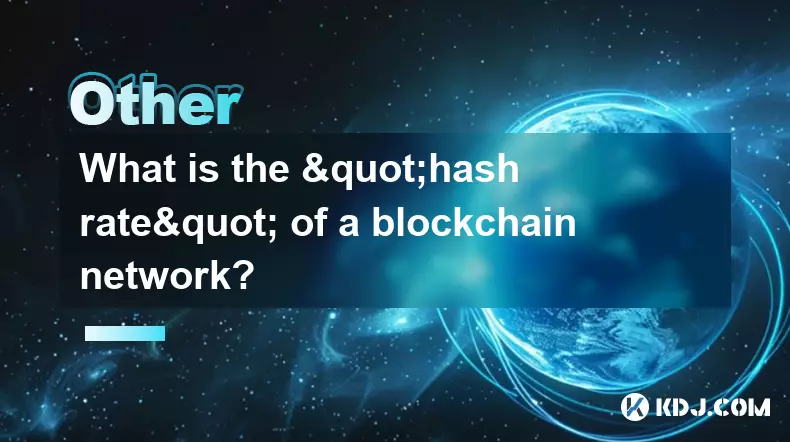
What is the "hash rate" of a blockchain network?
Oct 10,2025 at 03:55pm
Understanding Hash Rate in Blockchain Networks1. The hash rate refers to the total computational power being used to process transactions and mine new...
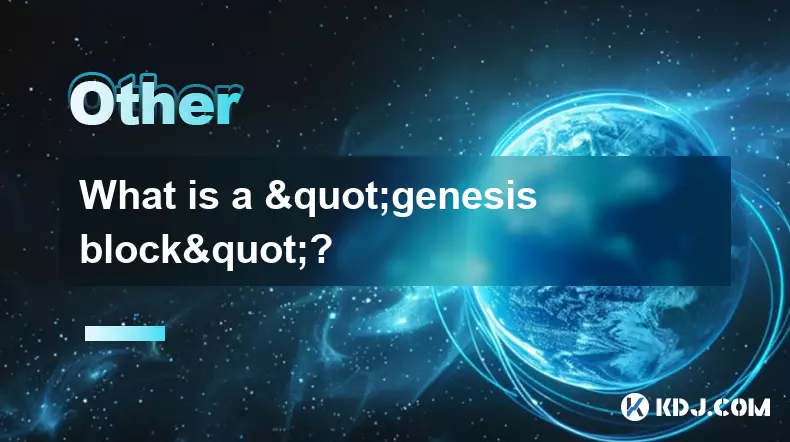
What is a "genesis block"?
Oct 15,2025 at 07:55pm
Understanding the Genesis Block in CryptocurrencyThe genesis block is the very first block in a blockchain network. It serves as the foundation upon w...
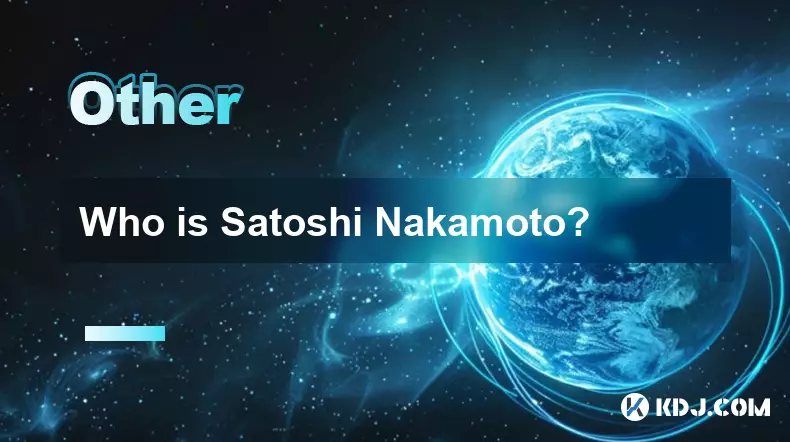
Who is Satoshi Nakamoto?
Oct 15,2025 at 01:01pm
Who is Satoshi Nakamoto?1. Satoshi Nakamoto is the pseudonymous individual or group credited with creating Bitcoin, the first decentralized cryptocurr...
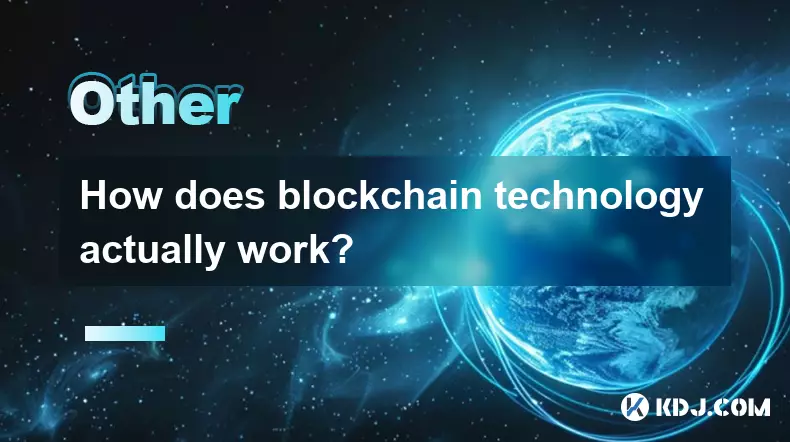
How does blockchain technology actually work?
Oct 11,2025 at 02:36pm
Understanding the Core Mechanism of Blockchain1. At its foundation, blockchain is a decentralized digital ledger that records transactions across mult...
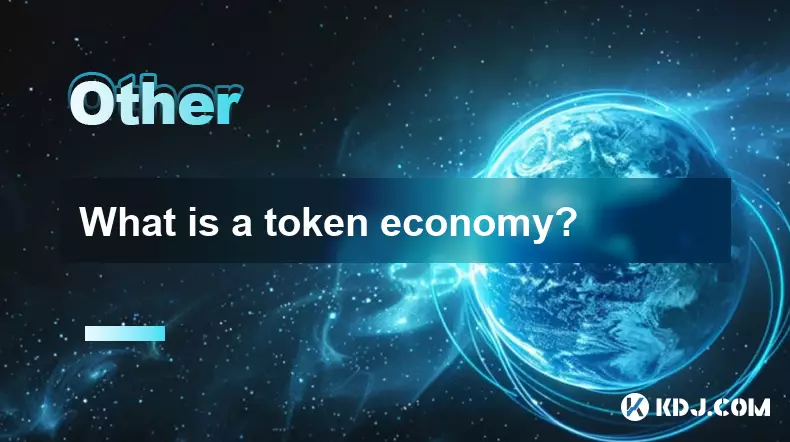
What is a token economy?
Sep 20,2025 at 12:18am
Understanding the Foundations of a Token Economy1. A token economy in the context of cryptocurrency refers to a system where digital tokens are used a...

What is a block explorer and how do you use it?
Oct 24,2025 at 12:36am
What Is a Block Explorer?1. A block explorer is a web-based tool that allows users to view and analyze data on a blockchain network in real time. It f...

What is the "hash rate" of a blockchain network?
Oct 10,2025 at 03:55pm
Understanding Hash Rate in Blockchain Networks1. The hash rate refers to the total computational power being used to process transactions and mine new...

What is a "genesis block"?
Oct 15,2025 at 07:55pm
Understanding the Genesis Block in CryptocurrencyThe genesis block is the very first block in a blockchain network. It serves as the foundation upon w...

Who is Satoshi Nakamoto?
Oct 15,2025 at 01:01pm
Who is Satoshi Nakamoto?1. Satoshi Nakamoto is the pseudonymous individual or group credited with creating Bitcoin, the first decentralized cryptocurr...

How does blockchain technology actually work?
Oct 11,2025 at 02:36pm
Understanding the Core Mechanism of Blockchain1. At its foundation, blockchain is a decentralized digital ledger that records transactions across mult...

What is a token economy?
Sep 20,2025 at 12:18am
Understanding the Foundations of a Token Economy1. A token economy in the context of cryptocurrency refers to a system where digital tokens are used a...
See all articles










































































